Whether it’s a pandemic, economic downturn, or natural disaster, some products suddenly demand a premium. People rush to buy essentials and some non-essentials that become exceedingly coveted. Let’s break down some of these surprising items that see their price tags soar when times get tough.
1. Baby Formula
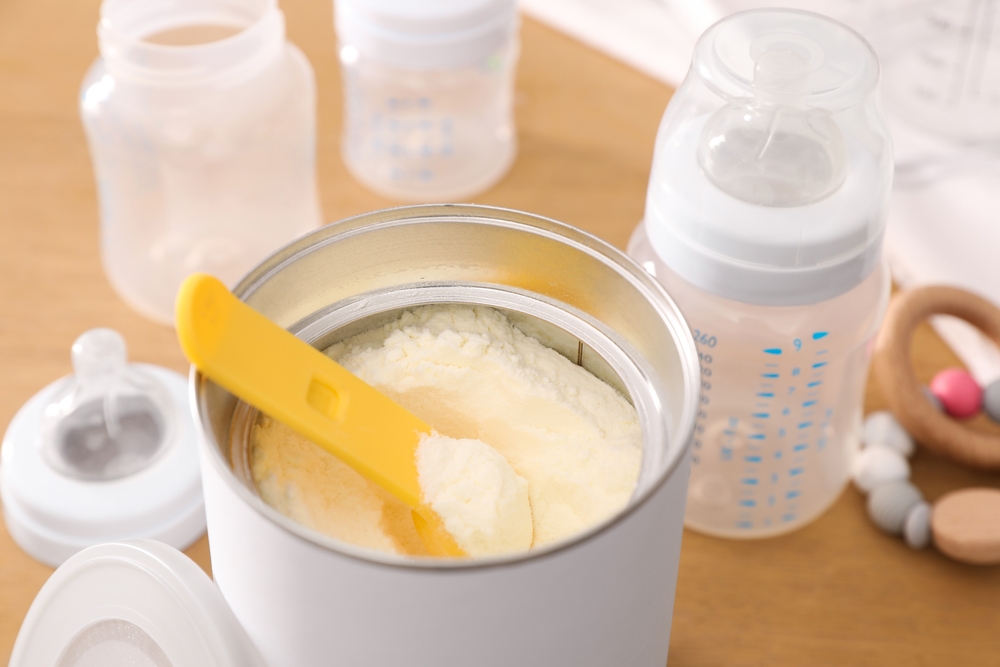
Baby formula sees a spike in demand during crises, driven by parents’ need to ensure their child’s nutrition. The importance of maintaining a reliable food source for infants makes this product particularly sensitive to supply chain disruptions. When parents perceive even a slight risk of shortage, they tend to buy in bulk. This sudden demand can lead to price increases, making baby formula an unexpectedly pricey item. Retailers often implement purchase limits, but even these can’t prevent the anxiety-fueled rush.
The production of baby formula requires specific ingredients and stringent standards, which complicates rapid scaling. Manufacturers face challenges in meeting sudden increases in demand, contributing to temporary shortages. This scarcity perception adds urgency, as parents prioritize their child’s well-being over cost. The resulting price hikes reflect both the emotional and practical aspects of crisis preparedness. Baby formula thus becomes a high-stakes item when the need for security outweighs supply.
2. Canned Goods
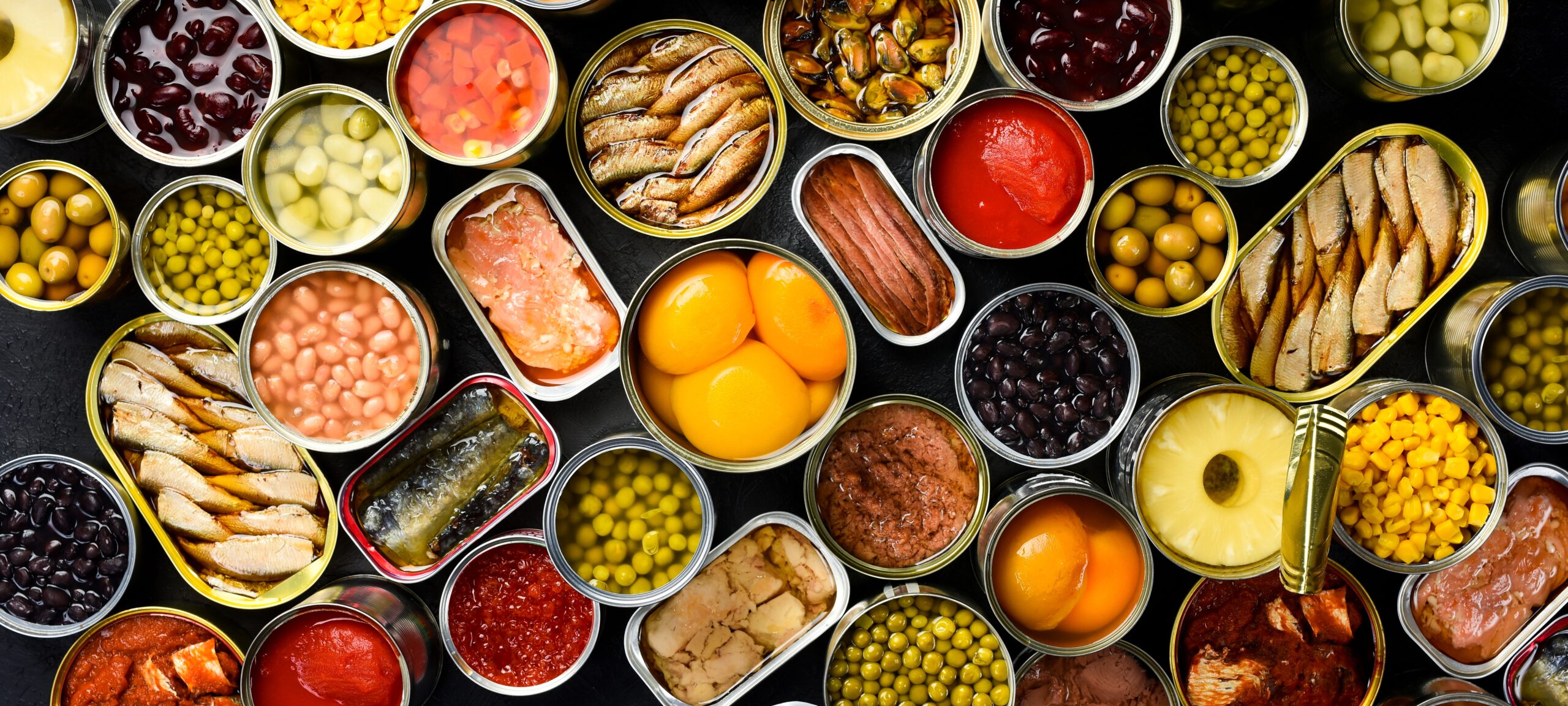
Canned goods are a pantry staple that becomes highly sought after during crises. These items offer long shelf lives, making them an attractive option for stockpiling. People seek the security of knowing they won’t have to face empty cupboards. This increased demand means prices often climb, reflecting the urgency people feel to prepare. As a result, a simple can of beans turns into a hot commodity.
Manufacturers of canned goods aim to meet regular demand cycles, not crisis-induced spikes. This disconnect can lead to shortages and consequently, price hikes. Retailers sometimes ration these items to ensure more people have access. But even with these controls, the psychological comfort of having a stocked pantry is enough to drive prices up. The humble canned good becomes a symbol of preparedness and peace of mind.
3. Batteries
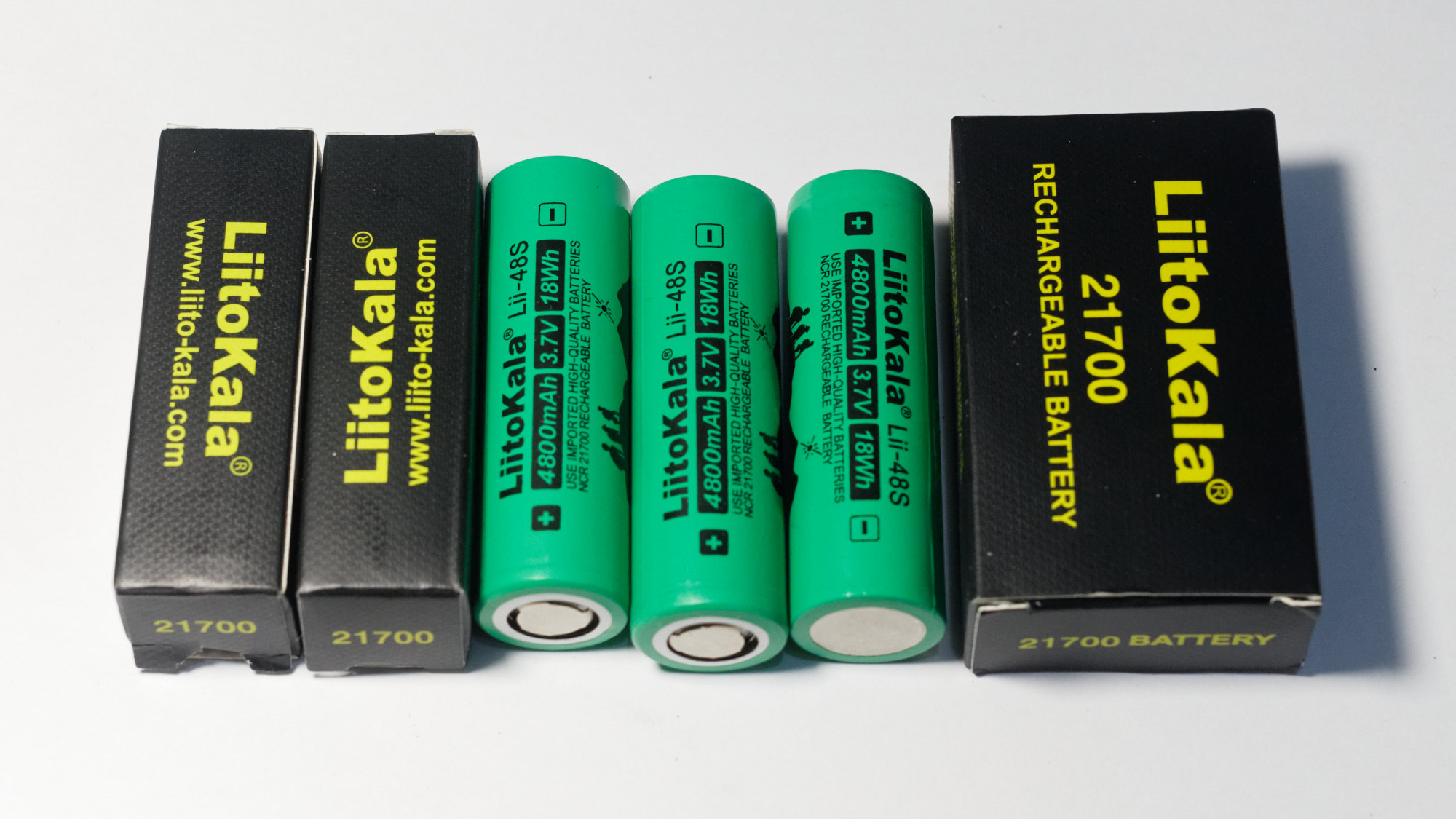
Batteries might not be on your everyday shopping list, but they become indispensable during crises. Whether for flashlights, radios, or other essential electronics, the need for reliable power sources spikes. This increased demand means prices often go up, as people prioritize staying connected and informed. A study by the U.S. Department of Energy found that battery sales consistently rise during natural disasters, highlighting their perceived value. As a result, this everyday item becomes essential when the lights dim.
The production of batteries is a complex process involving specific materials that aren’t easy to source quickly. This complexity means that increases in demand don’t always lead to immediate increases in supply. People are willing to pay more for the assurance that they’ll have power when they need it most. Retailers also recognize this urgency, sometimes capitalizing on the demand. Batteries thus transform from mundane to must-have in a crisis, reflecting our reliance on technology.
4. Bottled Water

Water is a basic necessity that becomes an even hotter commodity during crises. People rush to buy bottled water, fearing disruptions to municipal supplies. This panic buying leads to shortages and subsequently, price increases. Whether it’s a natural disaster or a public health scare, water shelves empty fast. The demand makes bottled water a crisis staple, as people prioritize having a clean, reliable source.
The production and distribution of bottled water involve complex logistics that don’t easily adapt to sudden spikes. This limitation means that when people panic-buy, they create shortages and drive up prices. Retailers struggle to restock quickly enough, adding to the perception of scarcity. As with other items, the psychological comfort of having a water supply outweighs actual consumption needs. Bottled water goes from ordinary to essential, reflecting both practical and emotional security.
5. Cleaning Products
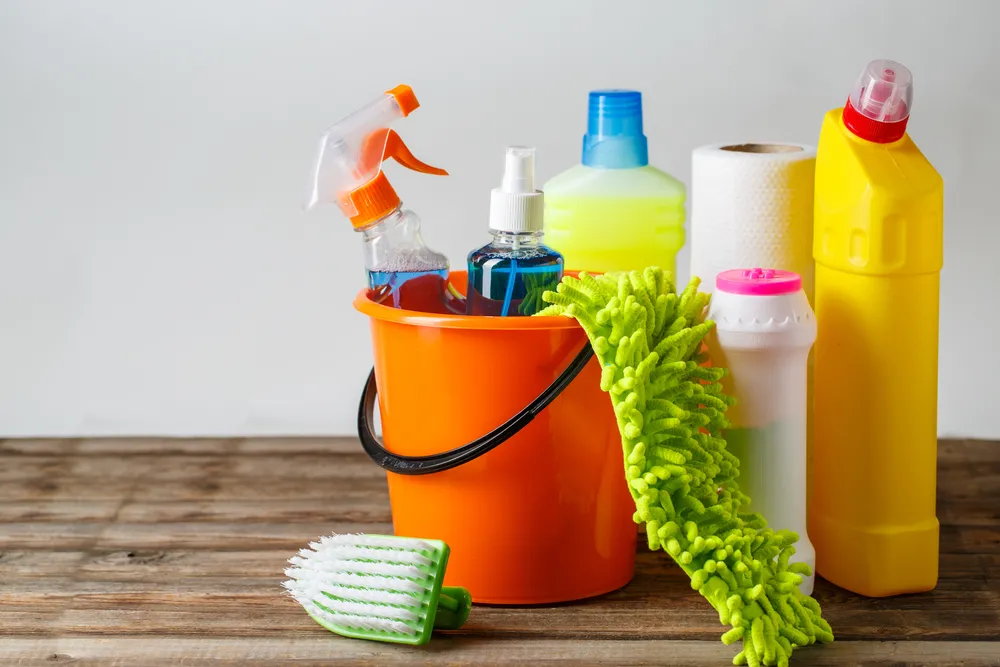
Cleaning products often see a sharp increase in demand and price during crises. People focus on hygiene and sanitation, prompting them to stock up on disinfectants and other cleaning agents. The surge in demand can lead to shortages, as manufacturers can’t always ramp up production quickly enough. A report from the American Cleaning Institute noted that supply chains for these products are particularly sensitive to spikes in demand. As a result, everyday cleaning supplies become high-value items when personal and public health are on the line.
The production of cleaning products involves various chemicals and components that are not always readily available. This complexity hinders the ability to quickly increase supply to meet demand. Retailers often implement purchase limits, but even these measures can’t always prevent price hikes. The psychological need to maintain a sanitized environment adds urgency to the purchase of these items. What was once a mundane part of a shopping list becomes a critical element of crisis preparedness.
6. Pain Relievers

Pain relievers may not be the first thing you think of during a crisis, but they become highly sought after. People look to stock up on essentials like aspirin or ibuprofen for peace of mind. The increased demand leads to reduced availability and higher prices. Pharmacies often face depleted stocks, making it difficult for people to find these everyday medications. The perception of scarcity adds urgency, turning these common items into valuable assets.
Production of pain relievers is usually streamlined for consistent demand, not sudden spikes. Manufacturers can’t always quickly adjust their output to meet a crisis-driven surge. This limitation often results in shortages, prompting people to buy at inflated prices. Retailers sometimes impose limits to ensure broader access, but the perceived need often outpaces supply. Pain relievers thus become an unexpected luxury, underscoring the importance of health security.
7. Yeast And Baking Supplies

Yeast and baking supplies might seem niche, but they experience a surprising spike during crises. Home baking becomes a comforting, practical activity, leading people to stock up on these items. The sudden demand for yeast and flour can catch manufacturers off guard, causing shortages and price increases. According to food economist Dr. Jayson Lusk, the rise in home baking during COVID-19 highlighted the importance of cooking as both a necessity and a pastime. This turns baking supplies into hot-ticket items, as people look to fill time and bellies.
The production and distribution of baking supplies are often optimized for stable demand, not crisis-induced surges. This lack of flexibility results in supply chain hiccups, exacerbating shortage perceptions. Retailers sometimes ration these items to ensure more people can access them. Despite this, the psychological comfort of home baking keeps demand high. Yeast and baking supplies transition from ordinary to essential, reflecting both sustenance and solace.
8. Toilet Paper
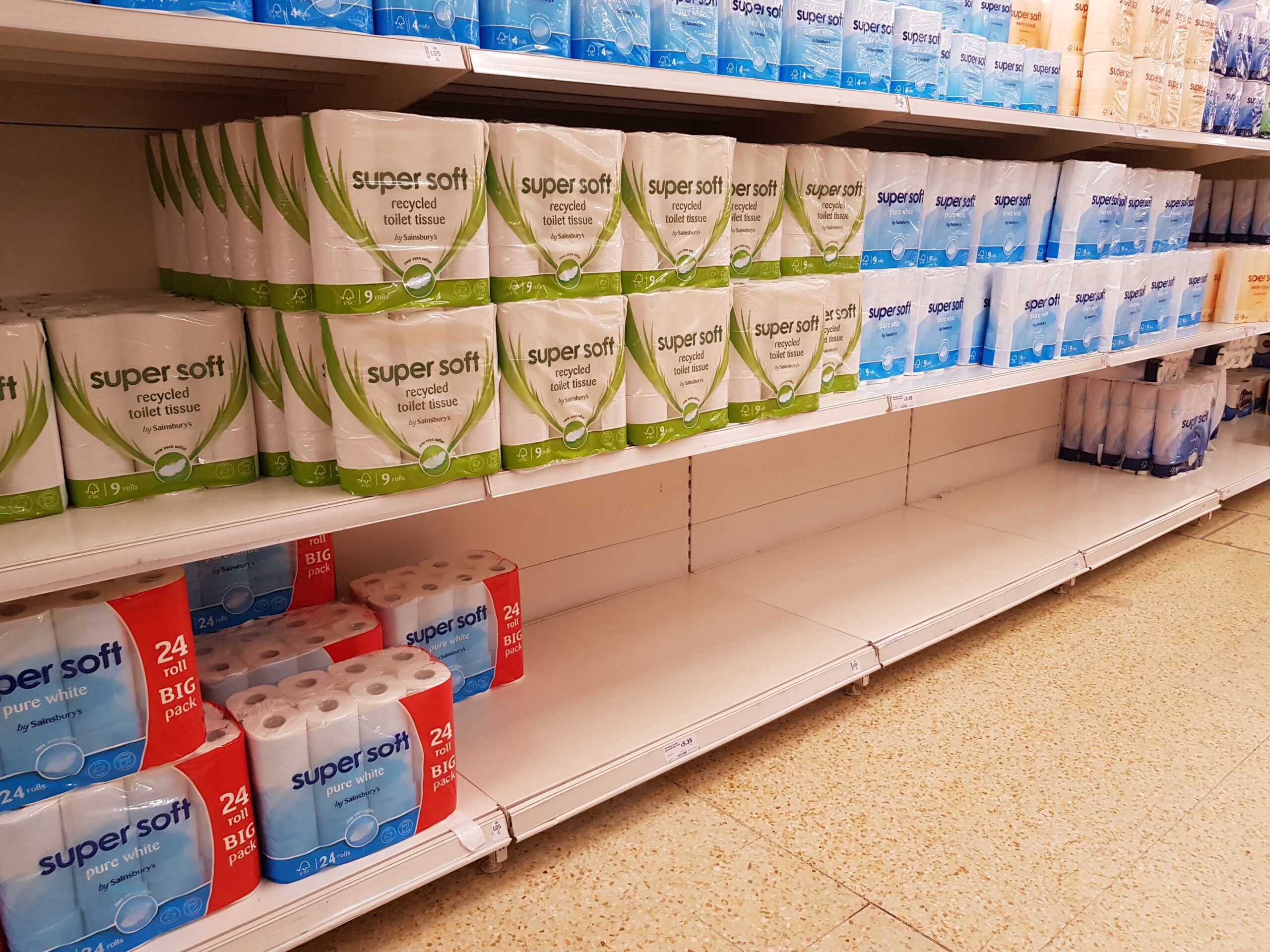
Toilet paper might not seem luxurious, but when a crisis hits, it practically turns into currency. People often panic-buy, stripping shelves bare and driving prices skyward. During the onset of COVID-19, this became a global phenomenon as manufacturers struggled to keep up. According to Professor Scott L. Baier from Clemson University, the psychological comfort in stocking up on essentials like toilet paper makes people react this way, even if the supply chain remains mostly intact. The demand surge creates a paradox where abundance turns into scarcity, making each roll feel priceless.
The production of toilet paper is a precise operation that can’t quickly ramp up to meet sudden demand. Factories typically operate at capacity, with no room for quick expansion. This lack of flexibility results in shortages, leaving people scrambling to secure their stash. It’s a lesson in supply and demand that shows how human behavior can significantly impact everyday items. The next time you see an empty toilet paper aisle, remember it’s not about the actual need but perceived necessity.
9. Fuel
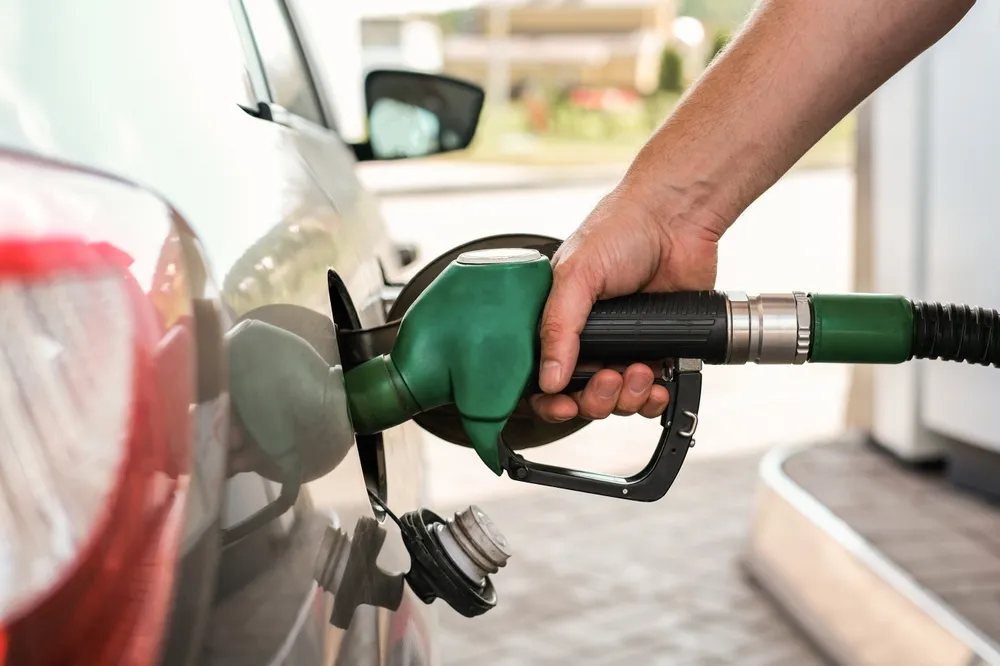
Fuel is an essential resource that becomes notably expensive during crises. Whether it’s for transportation or home heating, the demand for fuel spikes as people seek to secure mobility and warmth. Supply chain disruptions, real or anticipated, contribute to rising prices. The geopolitical landscape further complicates this, as global events can impact availability. Fuel prices exemplify how interconnected our daily lives are with world affairs.
The production and distribution of fuel are influenced by complex global factors, making rapid adjustments challenging. This inflexibility means that any disruption can lead to immediate price increases. People, fearing shortages, often stockpile fuel, exacerbating the situation. Retailers sometimes impose limits, but the anxiety over accessibility keeps demand high. Fuel thus becomes a costly necessity, reflecting both its practical use and economic vulnerability.
10. Pet Food

Pet food might not be top of mind during a crisis, but it becomes a priority for pet owners. The need to ensure their pets are well-fed drives people to stock up, leading to increased demand. This can result in shortages and higher prices, as retailers struggle to keep shelves stocked. Pet food manufacturers face similar constraints as human food producers, complicating rapid supply increases. The result is a surprising spike in the cost of feeding our furry friends.
Most pet food production is optimized for stable, predictable demand, not sudden surges. This means that any unexpected increase in buying can strain supply chains. Retailers may impose purchase limits, but the emotional bond with pets often fuels urgency. As people prioritize their pets’ well-being, the demand remains high. Pet food becomes a significant expense, reflecting both the practical and emotional aspects of caregiving.
11. Garden Seeds

Garden seeds might seem like an unexpected item to spike in price during a crisis, but they do. People turn to gardening as a way to ensure food security and have a productive hobby. This increased interest leads to higher demand, often outpacing supply. The sudden popularity of gardening can catch seed producers unprepared, leading to shortages and price hikes. Garden seeds transition from niche to necessity, as people dig into self-sufficiency.
The production of garden seeds involves long cycles that don’t adapt well to sudden demand changes. This means that when people rush to start their own gardens, the supply can’t keep up. Retailers sometimes implement limits to ensure wider access, but the enthusiasm for home gardening remains strong. The psychological comfort of growing one’s own food adds to the urgency. Garden seeds thus become a sought-after commodity, symbolizing both independence and wellness.
12. Home Fitness Equipment

Home fitness equipment becomes a hot commodity during crises, as people shift to working out at home. Gyms may be closed, or people may prefer the safety of exercising indoors. This change in habits drives demand for equipment like weights and resistance bands, leading to shortages. As a result, prices often increase, reflecting the heightened interest in maintaining health and fitness. Home fitness equipment transitions from a luxury to a necessity, as people adapt to new routines.
The production of fitness equipment is typically aligned with stable consumer demand, not sudden surges. This means that when everyone decides to get fit at home, the supply can’t easily adjust. Retailers sometimes face empty shelves, adding to the perception of scarcity. Despite this, the need to stay active fuels ongoing demand. Home fitness equipment becomes a valuable asset, illustrating how lifestyle adaptations can influence market dynamics.
13. Personal Protective Equipment (PPE)

Personal Protective Equipment, or PPE, becomes crucial during health crises. People scramble to secure masks, gloves, and gowns to protect themselves and others. This sudden demand surge can outpace production capabilities, leading to shortages and price increases. Healthcare workers also need these items, adding to the urgent demand. PPE transforms from a niche product to a daily essential, highlighting its critical role in crisis management.
The production of PPE involves specialized materials and standards, complicating rapid scaling. Manufacturers face challenges in meeting the sudden demand spike, contributing to temporary shortages. Retailers often limit purchases to ensure access for frontline workers, but the public demand remains high. The resulting price increases reflect both necessity and market pressure. PPE thus becomes a focal point of crisis response, underscoring its importance in public health.
14. Coffee
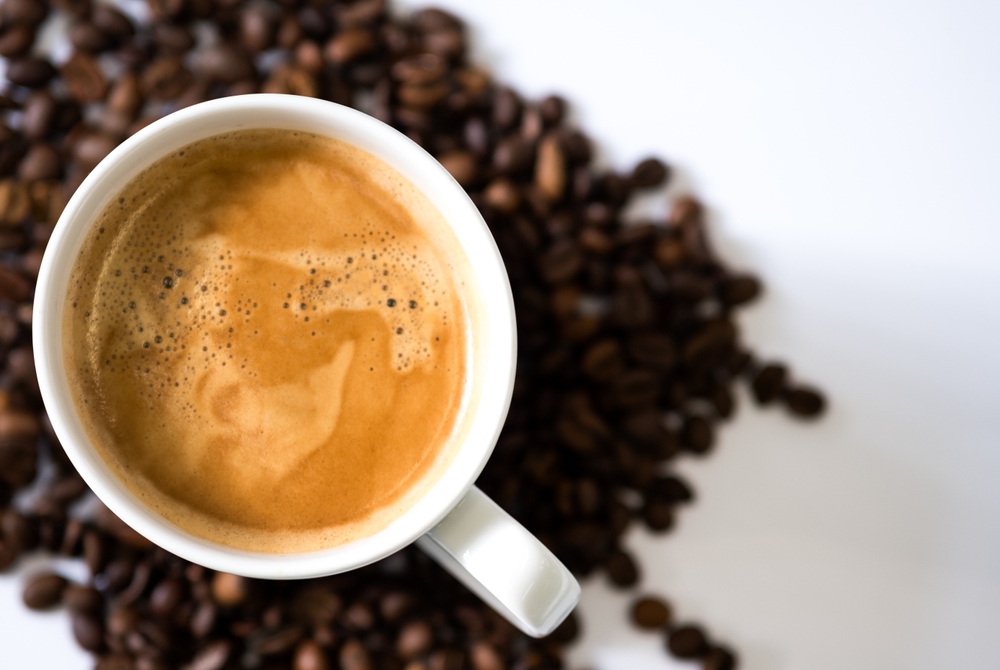
Coffee might seem like a luxury, but it becomes a necessity for many during crises. People look to maintain their daily rituals, driving demand for this comforting beverage. Any disruption in the supply chain, perceived or real, can lead to price increases. Coffee producers face challenges in meeting the sudden demand surge, contributing to temporary shortages. The result is a spike in coffee prices, as people cling to their caffeinated solace.
The production and distribution of coffee involve global supply chains that are sensitive to disruptions. This means that any crisis can impact availability and pricing. Retailers sometimes face empty shelves, adding to the perception of scarcity. Despite this, the psychological comfort of a morning cup keeps demand strong. Coffee becomes a prized commodity, reflecting both its cultural significance and market volatility.
15. Haircutting Supplies

Haircutting supplies might not be an obvious crisis commodity, but they become essential as salons close. People take haircare into their own hands, driving demand for scissors, clippers, and styling tools. This swift change in consumer behavior catches manufacturers off guard, leading to shortages. As a result, prices often rise, reflecting the newfound importance of DIY grooming. Haircutting supplies transition from niche to necessity, as people adapt to home styling.
The production of haircutting supplies is generally aligned with stable demand, not sudden surges. This means that when everyone decides to cut their own hair, the supply chain struggles to keep pace. Retailers sometimes limit purchases to manage demand, but the desire for self-sufficiency remains strong. As people prioritize personal grooming, the demand for these items stays high. Haircutting supplies become a significant expense, illustrating the impact of lifestyle changes on consumer behavior.
This article is for informational purposes only and should not be construed as financial advice. Consult a financial professional before making investment or other financial decisions. The author and publisher make no warranties of any kind.








